
This morning, I was at my local fitness centre training and witnessed an instructor taking a person through a workout, which included the push press and the hang power clean as part of a circuit.
It got me thinking that more and more instructors at gyms around the world are turning to the modified Olympic movements as mainstays in their exercise selection and programming.
Technically, though, the instructor had basically no idea and the resultant performance of the trainee was at worst potentially injurious and at best a distant similarity of what was supposed to be performed.
RECENT: 7 Items Rugby Players (and I) Can't Lift Without
I used to run a three-hour clinic on the use of strength and power exercises techniques and programming. The basic outline and notes are included here for you.
I firmly believe you have to start at the simplest movement that someone can master correctly, and then, over time, progress from the simple to the more complex movements if it is warranted for what the person requires in their training plan. The process is one of progressive skill acquisition.
Back in the 1980s and ‘90s, the NSCA published exercise checklists in both the Journal of Strength and Conditioning and a number of other publications that assisted people in preparation for the CSCS certification, such as:
- Basics of Strength and Conditioning Manual
- Exercise Technique Manual for Resistance Training
- Essentials of Strength Training and Conditioning
Each of these provided checklists in detail of everything to look for when teaching/coaching each of the major exercises used in the majority of programming situations. With these checklists, you can either use them completely or take out, say, five of the most important points and use this as your progression in the loading checklist.
For example, using the squat:
- Chest up at all times
- Break at the hips first then the knees
- Keep knees aligned and tracking the toes
- Squat down to a position where the thighs are parallel to the floor
- Keep the weight towards the heels at all times
Obviously, this is a very short checklist. For a more complete and in-depth analysis, you can go here.
Or you can get a copy of Dave Tate’s Free Squat Manual.
If a person can do all of these to your satisfaction, you can load weight onto the bar. But if they cannot complete all five items on the list during the following session, reduce the weight and try again to achieve a 5/5 score, and then progress the load at a slower rate.
If you are progressing to learn the power snatch, you may follow this progression from my course:
- Overhead Squat
- Pressing Snatch Balance
- Snatch Balance
- Snatch Press in Squat/Split
- Push Press Behind Neck
Then progress through the following as well:
- Snatch Grip Deadlift
- Snatch Grip Shrugs
- Snatch Grip Deadlift + Shrug
- Snatch High Pull
- Muscle Snatch/Cuban Press
- Power Snatch
- Olympic Snatch in Squat/Split
These will allow you to systematically develop the technique and the neural-muscle link to perform the movements, as each movement is, in fact, an exercise in and of itself. You can progress at your own rate and only move up to a more complex exercise when you are technically proficient at the lower level movement. In some situations, you may have to halt a person’s progress up the levels of complexity because they have an injury that does not allow them to catch correctly or similar situations.
RELATED: How My Programming's Improved Over the Years
Back in May 2015, I wrote an article titled “Progression and Regression System for Exercise Selection,” which dealt with this exact scenario in sports programming.
Today, the NSCA has released its most up-to-date course, Foundations of Coaching Lifts, and I would urge any instructor or trainer to attend one of these courses in order to get a solid basic knowledge of the techniques and progressions of training with the major lifts. The NSCA website will have all of the details of these courses and where they are around the country and the world.
It is great to see people lifting in gyms using principles and ideas from powerlifting, Olympic lifting, and strongman rather than just blindly following bodybuilding programs. The rise of athletic, not aesthetic programming needs competent, well-trained trainers and instructors to ensure that the movement prospers gathering momentum and more people train movements and not just muscles.
Key points to remember:
- Simplicity to complexity over time
- Weight training is a skill; perfect practice makes perfect technique
- Hasten slowly; you are in this for the long haul
- Less is often more since you are performing multi-joint lifts; often just two or three lifts in a workout will be all you need
I have often written and talked about using the minimum number of lifts rather than trying to do everything. Below is a four-week fully programmed example of this for you to try. Feel free to use the exercises that you feel most confident using, and if you are not familiar with the Olympic movements included, take them out and insert upper body pulling movements in their place.
Priority Set and Rep Schedule
Exercise 1: 6 sets
- Week 1: 6 x 6 @ 75% (INOL = 1.44)
- Week 2: 6 x 4 @ 85% (INOL = 1.6)
- Week 3: 6 x 5 @ 80% (INOL = 1.5)
- Week 4: 6 x 3 @ 90% (INOL = 1.8)
OR
- Week 1: 6 x 6 @ 75% (INOL = 1.44)
- Week 2: 2 x (6/5/4) @ (75%/80%, 85%) INOL = 1.44
- Week 3: 2 x (5/4/3) @ (80%/85%/90%) INOL = 1.63
- Week 4: 2 x (4/3/2) @ (85%/90%/95%) INOL = 1.93
Exercise 2: 5 sets
- Week 1: 5 x 5 @ 80% (INOL = 1.25)
- Week 2: 2 x 5 @ 80%, 85%, 3 x 3 @ 90% (INOL = 1.48)
- Week 3: 5 x 3 @ 90% (INOL = 1.5)
- Week 4: 5,4,3,2,1 @ 80%, 85%, 90%, 95%, 100+% (INOL = 1.95)
OR
- 5 progressively heavier singles starting at 95%
Exercise 3: 4 sets
- Week 1: 4 x 6 @ 75% (INOL = 0.96)
- Week 2: 4 x 4 @ 90% (INOL = 1.6)
- Week 3: 4 x 8 @ 75% (INOL = 1.28)
- Week 4: 4 x 2 @ 95% (INOL = 1.6)
OR
- Week 1: 4 x 3/3 @ 85% (INOL = 1.6)
- Week 2: 4 x 2/2/2 @ 90% (INOL = 2.4)
- Week 3: 4 x 3/2/1 @ 85%, 90%, 95% (INOL = 3.6)
- Week 4: 4 x 1/1/1/1/1/1 @ 95%+ (INOL = 4.8)










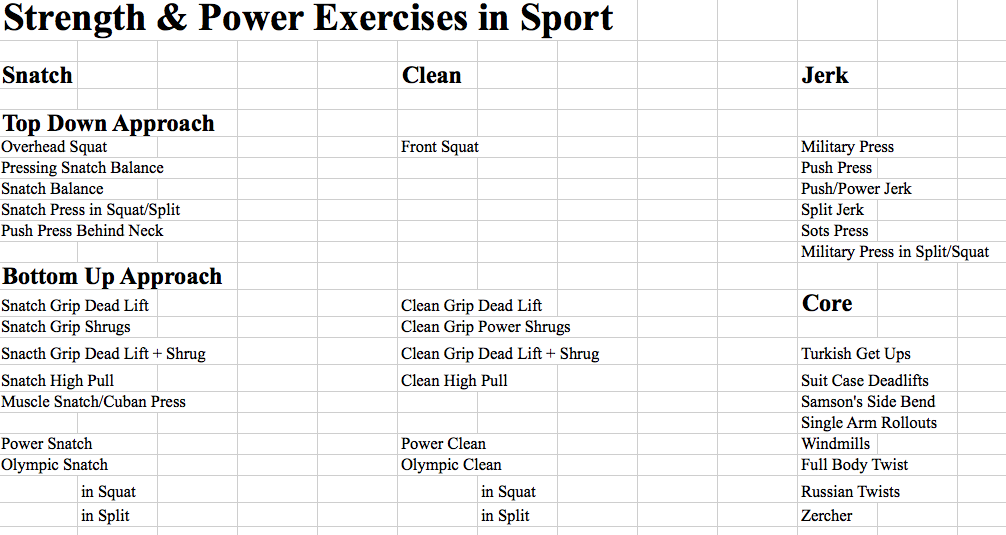
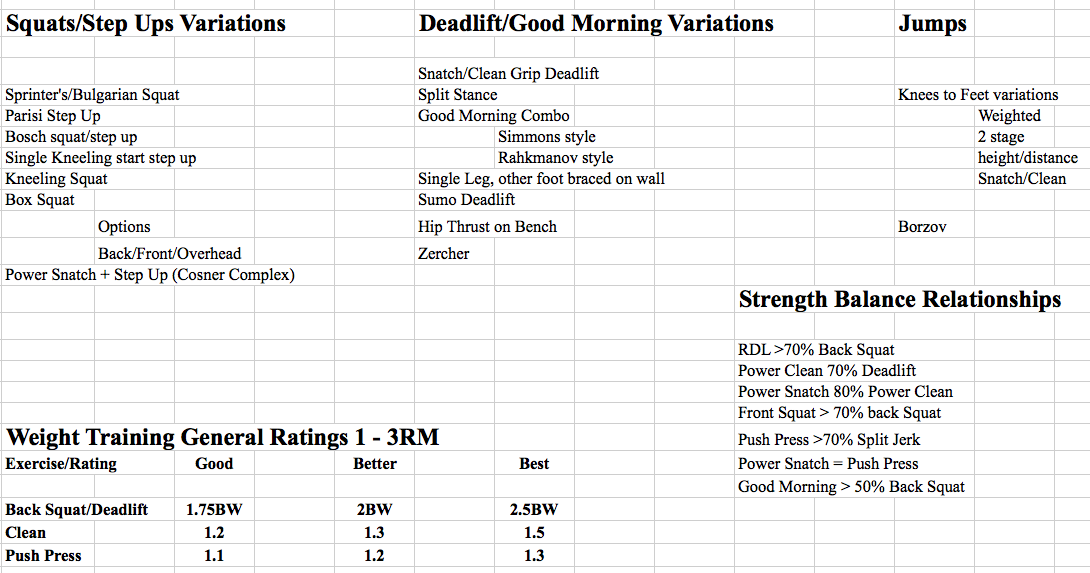
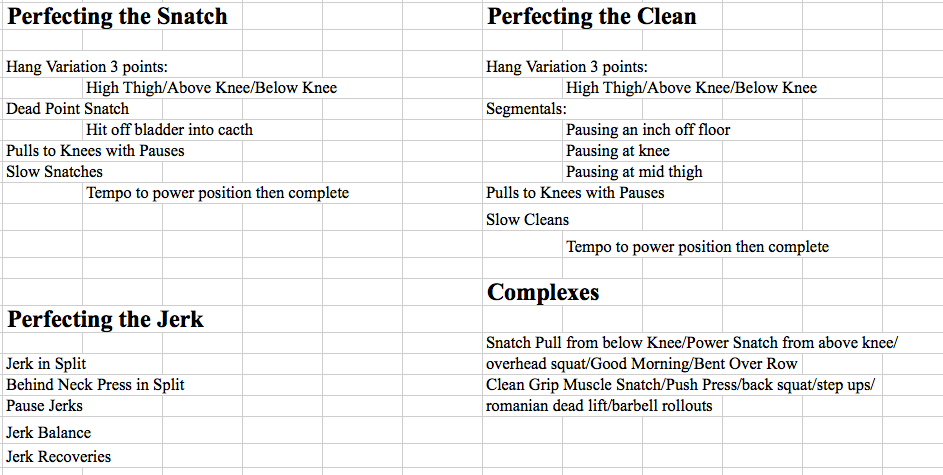
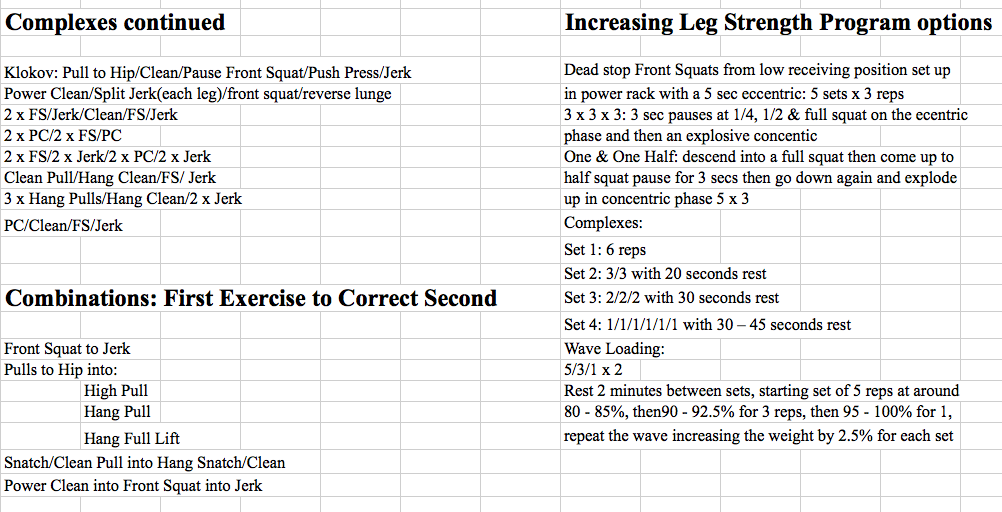
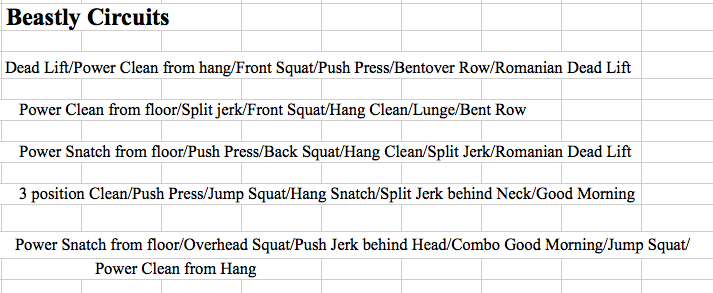


I've just found your amazing posts and they are just what I have been looking for. I am heading over to Christchurch to play a rugby season over there in Feb and I want to get physically ready. I'm 18 yrs 6'3" and 75kg atm. I'm a winger and my biggest strength is my speed. I want to gain 5-10kgs kgs over the next 3 months before I head over. I have free time to train as much as possible during the week. What would be the best way to program these 3 months for maximal speed and strength gains.
Any pointers would be greatly appreciated.
I've just found your amazing posts and they are just what I have been looking for.
I'm heading over to Christchurch in Feb for a rugby season and I'm looking to put on 5-10kgs before then over the next 3 months. I'm 18 6'3" and 75kgs. I'm a winger and I'm looking to gain size and speed over the coming months. What would be the best program to achieve these goals.
Any pointers would be greatly appreciated.